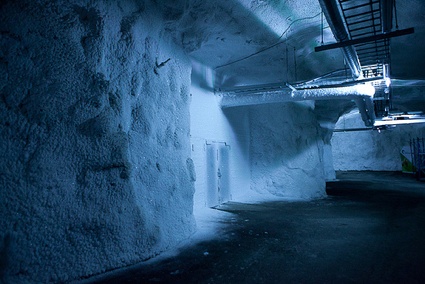 Inside the Svalbard Global Seed Vault. Image courtesy Steve Rowell
Inside the Svalbard Global Seed Vault. Image courtesy Steve Rowell
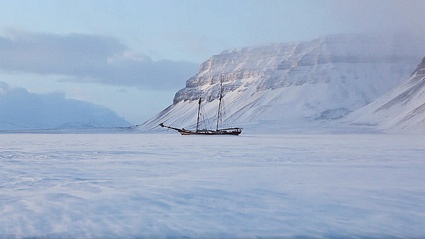
As i mentioned this morning, The Center for PostNatural History in Pittsburgh has recently opened The Cold Coast Archive: Future Artifacts from the Svalbard Global Seed Vault, an exhibition that takes the famous “Doomsday Vault” as its starting point.
Opened in 2008, the Svalbard Global Seed Vault (SGSV) preserves seeds from nearly every nation on Earth in an underground cavern engineered to withstand catastrophe. It is located on the outskirts of Longyearbyen, on the arctic island of Spitsbergen, Svalbard Archipelago, halfway between the North Pole and Norway.
The seeds stored in this biological safety deposit box are duplicate samples held in seed banks worldwide. The facility is about 130 meters above sea level to protect it against any rise in sea level as a result of global warming, nuclear attack, and earth quakes. The vault itself has been tunnelled 120 meters into the mountain, in order to guarantee stable permafrost.
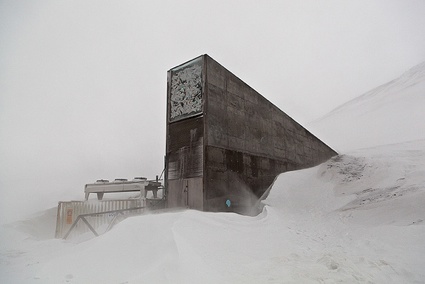 The Svalbard Global Seed Vault. Image courtesy Steve Rowell
The Svalbard Global Seed Vault. Image courtesy Steve Rowell
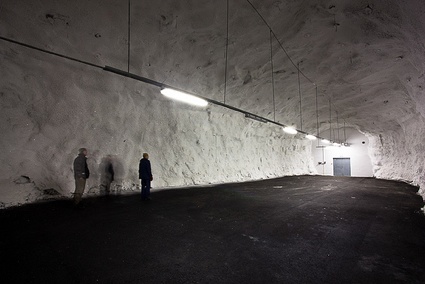 Inside the Svalbard Global Seed Vault. Image courtesy Steve Rowell
Inside the Svalbard Global Seed Vault. Image courtesy Steve Rowell
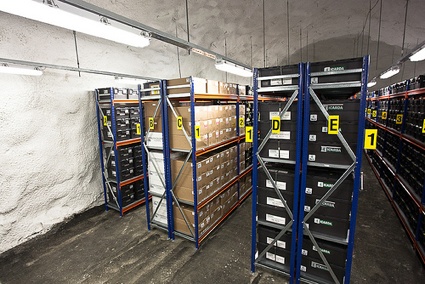 Inside the Svalbard Global Seed Vault. Image courtesy Steve Rowell
Inside the Svalbard Global Seed Vault. Image courtesy Steve Rowell
The exhibition currently on view at the Center for Postnatural History is a joint research and extrapolative project by artists Signe Lidén, Annesofie Norn, and Steve Rowell. Together, they examine the meaning and function of the world’s largest and most well-protected collection of agricultural diversity.
The artists traveled to Longyearbyen in February, August, and September 2011 and came back with hundreds of photographs, videos, and audio recordings. The collaborative work also includes an experimental garden, field guide, and map from a survival kit designed to help future generations successfully locate this critical cache of seeds.
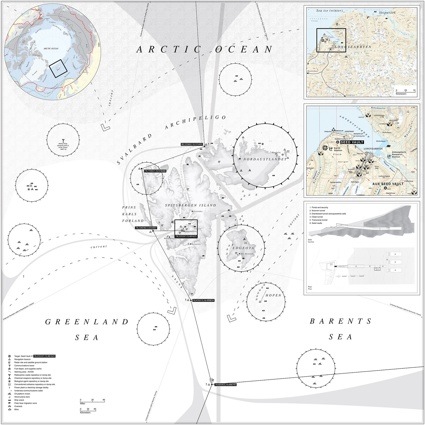 Bigger version. Courtesy Steve Rowell
Bigger version. Courtesy Steve Rowell
Steve Rowell: “The map above reveals the speculative geopolitics of the territory surrounding the vault, in a possible future-scenario in which China, Russia, and NATO have established military bases and industrial sites there. The document includes locations of navigation hazards, beacons, and other points of interest: emergency food/fuel caches, communication towers, weapons dump sites (radiological, chemical, even biological), wind turbine farms, ship wrecks, ruined oil platforms, undersea communication cables, etc. Since a treaty was signed in 1925, Svalbard has been officially demilitarized. But, WWII saw the sacking and burning of Longyearbyen by German troops and covert intelligence activities by both the US and USSR. Evidence of this can be found in historic photos and declassified documents and maps in the Cold Coast Archive exhibition.”
Steve Rowell, In the Best of All Possible Worlds
The Cold Coast Archive project investigates and explores human beings’ efforts to preserve civilization and defy the inevitability of its demise. We look at the vault as a whole: its practical, political, historical and symbolic structure, its arctic location, as well as its infrastructure and cultural nuances, with all the research concentrated at this site, as a backdrop to explore the human relationship to time between now and eternity.
I spent several hours yesterday clicking through the website of the project. It contains sound files that gives us a feeling of the atmosphere in the area as well as video interviews with the people who live there: from the world´s northernmost surfer to the miners working in the coal mine, from volunteers attempting to protect the coast from oil spills to experts in plant breeding and genetics. And of course there are dozens of stunning images. I’ve asked Steve Rowell to comment a couple of them for us:
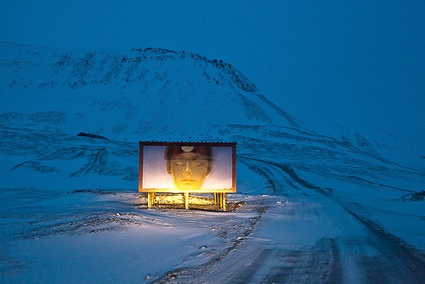 Image courtesy Steve Rowell
Image courtesy Steve Rowell
Steve Rowell: “This is an artist’s billboard mural (not sure who) on the road between the airport and the Sval Sat earthstation on the plataeu above the Seed Vault. The whole region is historic and active coal mine country. There’s an active mine a few hundred meters down the road from this sign and the seed vault is situated between two closed mine shafts.”
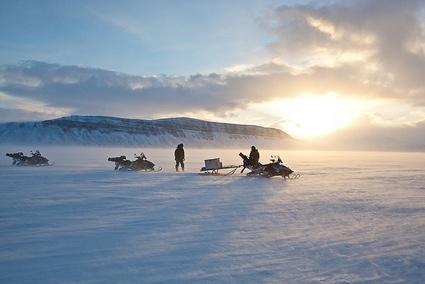 Image courtesy Steve Rowell
Image courtesy Steve Rowell
Steve Rowell: “We did drive these snowmobiles on a tour of the Advent valley and Temple Fjord / glacier. Typically we drove a 4×4 van (white one in one of the pics) or walked. There are no roads between the 3 active towns on Spitsbergen. Besides Longyearbyen, there are two mining towns: Barentsburg (Russian and Ukranian almost exclusively) and Svea Gruva (Norwegian). Remote Pyramiden was a Russian town, but now completely abandoned. The northernmost Lenin head is there as well as baby grand piano in an empty Russian hotel building. In the winter, when I went, travel outside of Longyearbyen was a pretty serious task and involved a mandatory guide who was licensed to carry a rifle, and trained to shoot and kill a polar bear if need-be. Anyone who leaves town MUST carry a rifle for self defense, along with a trailer (dog-sled or snowmobile) with enough supplies, food for 3 days.”
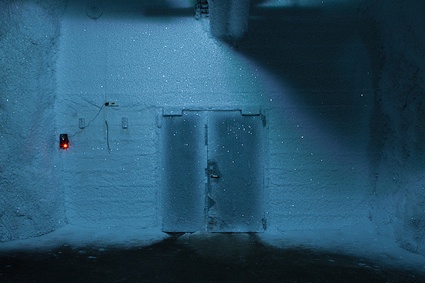 Inside the Svalbard Global Seed Vault. Image courtesy Steve Rowell
Inside the Svalbard Global Seed Vault. Image courtesy Steve Rowell
Steve Rowell: “These are the doors to the inner vault where the seeds are being stored. There are three inner vaults. Only 1 of the 3 is being used now.”
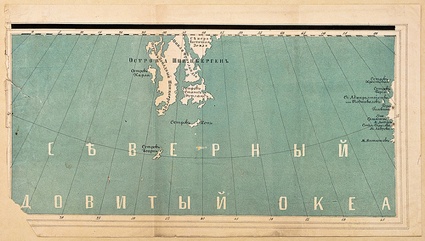 Image courtesy Steve Rowell
Image courtesy Steve Rowell
Steve Rowell: “Yeah, pretty amazing how wrong that one is. This is one of many that I found at the Library of Congress in Washington, DC in their maps collection. Did you notice the CIA map? There was no note of this being declassified, but I’m sure it is. The yellowish coloration in my photo isn’t from a hi-lighter marker, but residual adhesive from tape that I removed. I noticed two white pieces of tape in both corners and peeled them back to reveal that the CIA had designed and printed this. All that Arctic strategizing is now coming to fruition. Russia was in the news this week about a deal that they just signed with Exxon-Mobil to explore the Russian Arctic for oil, incl the area to the East of Svalbard. ”
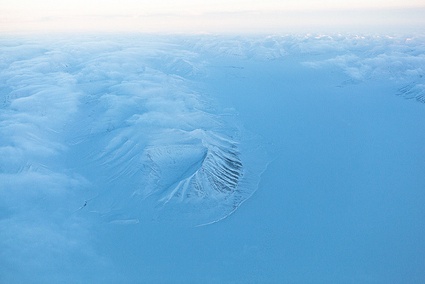 Image courtesy Steve Rowell
Image courtesy Steve Rowell
Steve Rowell: “A peninsula on Spitsbergen between Longyearbyen (the vault) and Barentsburg. Incredible how many shades of blue exist up there in the winter, long blue spectrum wavelengths reflecting infinitely between atmosphere and snow. ”
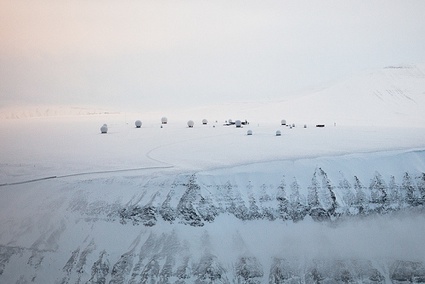 SvalSat. Photo by Steve Rowell
SvalSat. Photo by Steve Rowell
Steve Rowell: This one is an “Aerial view of the SvalSat facility.”
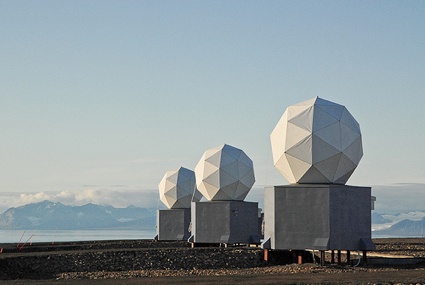 SvalSat. Image by Signe Lidén
SvalSat. Image by Signe Lidén
Svalbard Satellite Station, aka SvalSat, is a large satellite earth station located on the island of Spitsbergen, above the Seed Vault. In a mountain nearby, the only remaining coal mine in operation provides power to the Seed Vault. On the mountain top above it, a research station monitors aurora borealis. As the website Cold Coast states, So here we have dramatically contrasting manifestations of space and time at an immense scale: on the mountain tops, instruments that reach deep into space and measure the present and predict relatively close future; deep underneath in the ground, two cavities – one harvesting the energy of fossilized rainforest created millions of years ago and the other protecting life into eternity.
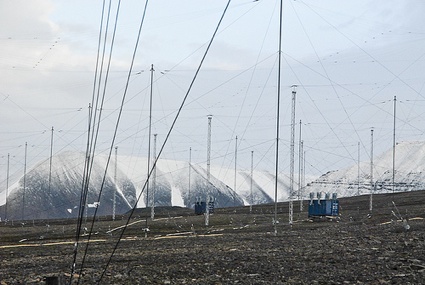 Antenna array in Adventalen, near Longyearbyen. Image by Signe Lidén
Antenna array in Adventalen, near Longyearbyen. Image by Signe Lidén
And finally, Steve Rowell was kind enough to send me some views from the exhibition The Cold Coast Archive: Future Artifacts from the Svalbard Global Seed Vault at the Center for Postnatural History:
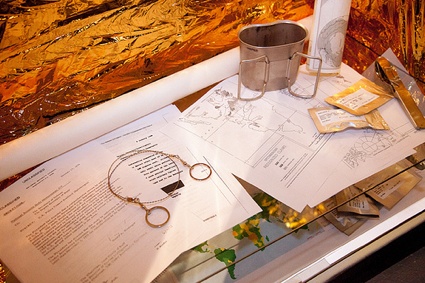 View of the exhibition The Cold Coast Archive: Future Artifacts from the Svalbard Global Seed Vault at the Center for Postnatural History. Image courtesy Steve Rowell
View of the exhibition The Cold Coast Archive: Future Artifacts from the Svalbard Global Seed Vault at the Center for Postnatural History. Image courtesy Steve Rowell
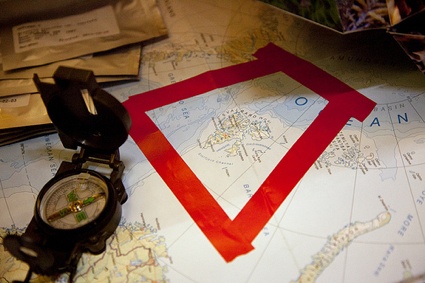 View of the exhibition The Cold Coast Archive: Future Artifacts from the Svalbard Global Seed Vault at the Center for Postnatural History. Image courtesy Steve Rowell
View of the exhibition The Cold Coast Archive: Future Artifacts from the Svalbard Global Seed Vault at the Center for Postnatural History. Image courtesy Steve Rowell
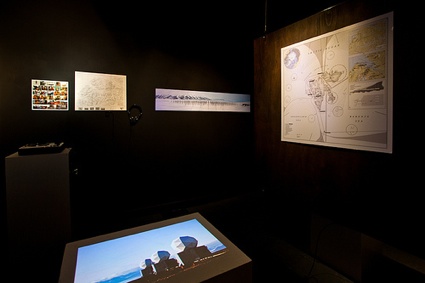 View of the exhibition The Cold Coast Archive: Future Artifacts from the Svalbard Global Seed Vault at the Center for Postnatural History. Image courtesy Steve Rowell
View of the exhibition The Cold Coast Archive: Future Artifacts from the Svalbard Global Seed Vault at the Center for Postnatural History. Image courtesy Steve Rowell
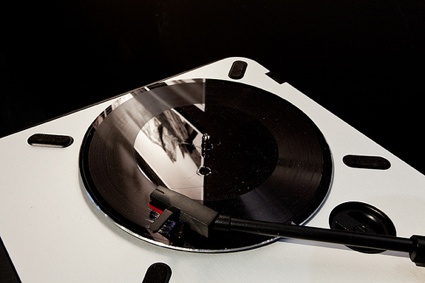 View of the exhibition The Cold Coast Archive: Future Artifacts from the Svalbard Global Seed Vault at the Center for Postnatural History. Image courtesy Steve Rowell
View of the exhibition The Cold Coast Archive: Future Artifacts from the Svalbard Global Seed Vault at the Center for Postnatural History. Image courtesy Steve Rowell
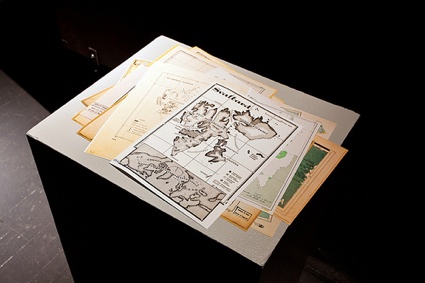 View of the exhibition The Cold Coast Archive: Future Artifacts from the Svalbard Global Seed Vault at the Center for Postnatural History. Image courtesy Steve Rowell
View of the exhibition The Cold Coast Archive: Future Artifacts from the Svalbard Global Seed Vault at the Center for Postnatural History. Image courtesy Steve Rowell
The Cold Coast Archive: Future Artifacts from the Svalbard Global Seed Vault is on display at the Center for Postnatural History until August 15th, 2012.
See also Alexander Rose’s account of his visit to the Vault with Steve Rowell.
